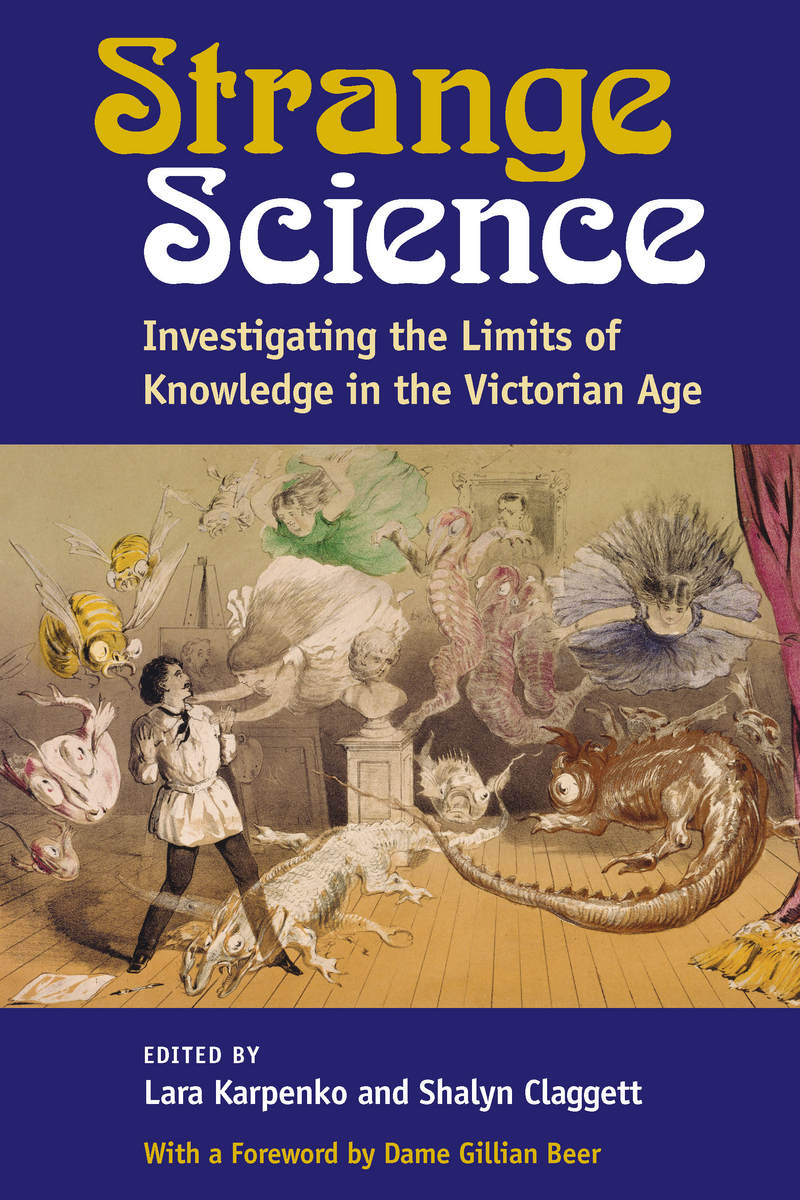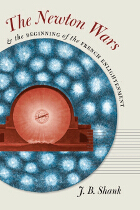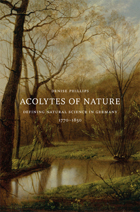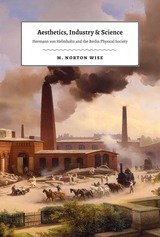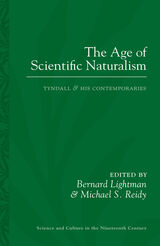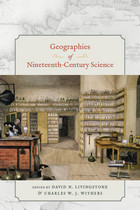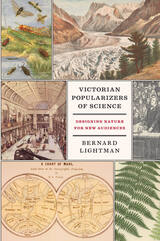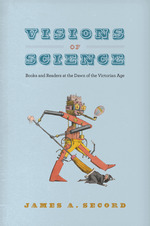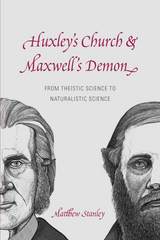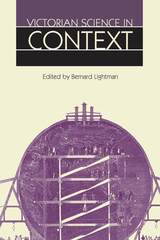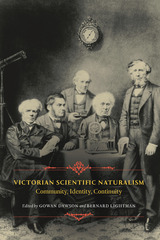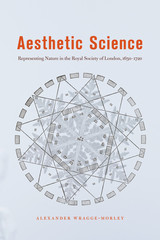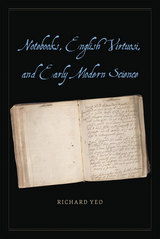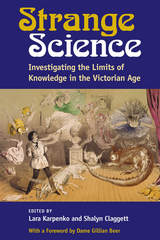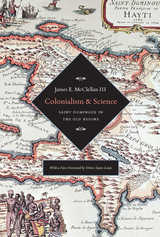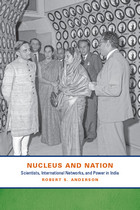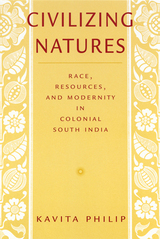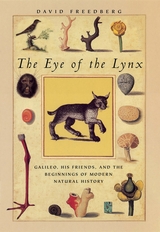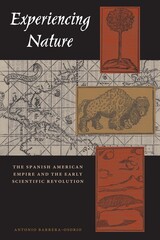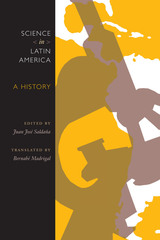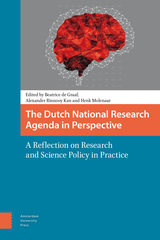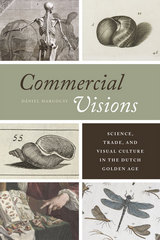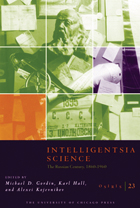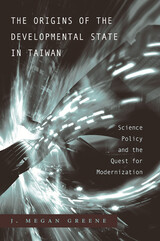Strange Science: Investigating the Limits of Knowledge in the Victorian Age
University of Michigan Press, 2017
eISBN: 978-0-472-12245-5 | Cloth: 978-0-472-13017-7
Library of Congress Classification Q127.G5S77 2017
Dewey Decimal Classification 509.4109034
eISBN: 978-0-472-12245-5 | Cloth: 978-0-472-13017-7
Library of Congress Classification Q127.G5S77 2017
Dewey Decimal Classification 509.4109034
ABOUT THIS BOOK | AUTHOR BIOGRAPHY | REVIEWS | TOC | REQUEST ACCESSIBLE FILE
ABOUT THIS BOOK
The essays in Strange Science examine marginal, fringe, and unconventional forms of scientific inquiry, as well as their cultural representations, in the Victorian period. Although now relegated to the category of the pseudoscientific, fields like mesmerism and psychical research captured the imagination of the Victorian public. Conversely, many branches of science now viewed as uncontroversial, such as physics and botany, were often associated with unorthodox methods of inquiry. Whether ultimately incorporated into mainstream scientific thought or categorized by 21st century historians as pseudo- or even anti-scientific, these sciences generated conversation, enthusiasm, and controversy within Victorian society.
To date, scholarship addressing Victorian pseudoscience tends to focus either on a particular popular science within its social context or on how mainstream scientific practice distinguished itself from more contested forms. Strange Science takes a different approach by placing a range of sciences in conversation with one another and examining the similar unconventional methods of inquiry adopted by both now-established scientific fields and their marginalized counterparts during the Victorian period. In doing so, Strange Science reveals the degree to which scientific discourse of this period was radically speculative, frequently attempting to challenge or extend the apparent boundaries of the natural world. This interdisciplinary collection will appeal to scholars in the fields of Victorian literature, cultural studies, the history of the body, and the history of science.
See other books on: Investigating | Limits | Parapsychology | Victoria, 1837-1901 | Victorian Age
See other titles from University of Michigan Press
